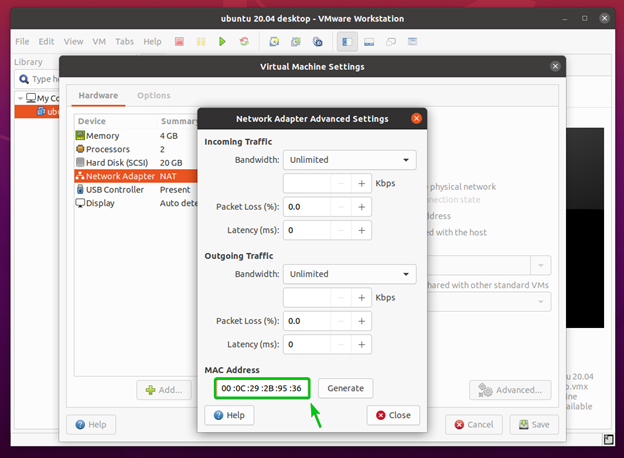

The host CPU must be a server class x86-based Intel or AMD CPU with virtualization extension.įor example, ASAv performance test labs use as minimum the following: Cisco Unified Computing System™ (Cisco UCS®) C series Make sure to conform to the specifications below to ensure optimal performance. Review the following guidelines and limitations before you deploy the ASAv. Each virtual appliance you create requiresĪ minimum resource allocation-memory, number of CPUs, and disk space-on the host machine. The specific hardware used for ASAv deploymentsĬan vary, depending on the number of instances deployed and usage requirements. You can create and deploy multiple instances of the ASAv on an ESXi server. You can deploy the ASAv on any server class x86 CPU device that is capable of running VMware ESXi.ĪSAv on VMware Guidelines and Limitations Upgrade the Compatibility Level for Virtual Machines.

Enable SR-IOV on the Host Physical Adapter.Multiple RX Queues for Receive Side Scaling (RSS).Increasing Performance on ESXi Configurations.Performance Tuning for the ASAv on VMware.Configure a Network Serial Console Port.Deploy the ASAv Using the OVF Tool and Day 0 Configuration.Deploy the ASAv Using the VMware vSphere Standalone Client and Day 0 Configuration.
#Vmware mac address changes on reboot install


 0 kommentar(er)
0 kommentar(er)
